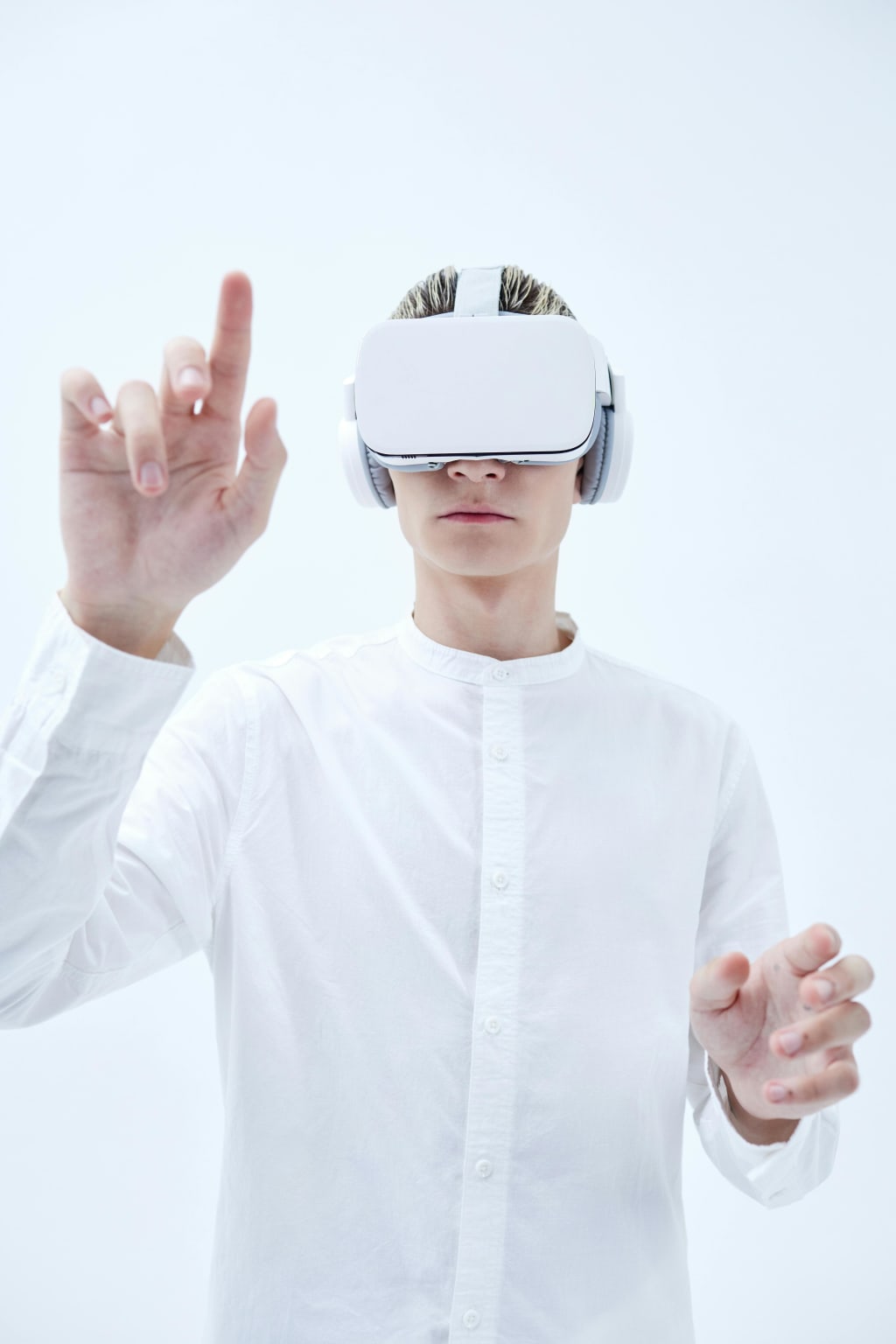Metaverse Education: How Virtual Reality is Revolutionizing Learning.
Discover how virtual reality technology is transforming the landscape of education, creating immersive and engaging learning experiences for students.

The Rise of Virtual Reality in Education
Virtual reality (VR) has emerged as a powerful tool in the field of education, revolutionizing the way students learn and engage with educational content. With VR, students are no longer limited to traditional textbooks and lectures. Instead, they can step into virtual worlds and explore concepts in a hands-on and immersive manner. This technology has gained significant traction in recent years, with an increasing number of educational institutions incorporating VR into their curricula.
One of the key advantages of VR in education is its ability to create realistic simulations and environments that enhance the learning experience. For example, students studying biology can explore the human body in 3D, allowing them to visualize complex concepts and processes. Similarly, history students can virtually visit historical sites and experience events from different time periods. By immersing students in these virtual environments, VR enables them to engage with the subject matter in a more meaningful and interactive way.
Benefits of Using Virtual Reality in Learning
Using virtual reality in learning offers numerous benefits for both students and educators. Firstly, VR enhances student engagement by providing a dynamic and interactive learning experience. Students are more likely to retain information when they actively participate in the learning process, rather than passively consuming content. VR allows students to explore and manipulate virtual objects, perform experiments, and solve problems in a simulated environment, leading to a deeper understanding of the subject matter.
Additionally, VR can cater to different learning styles and preferences. Some students may learn better through visual or hands-on experiences, while others may prefer auditory or kinesthetic learning. VR can accommodate these diverse learning styles by offering a multi-sensory experience that appeals to various modalities. This inclusivity promotes equal opportunities for learning and ensures that all students can benefit from the educational content.
Moreover, VR can bridge the gap between theory and practice by providing real-world simulations. Students can apply theoretical knowledge to practical scenarios, honing their critical thinking and problem-solving skills. For instance, engineering students can design and test prototypes in a virtual environment before building physical models. This hands-on approach fosters creativity, experimentation, and innovation among students.
Lastly, VR can facilitate remote learning and overcome geographical barriers. Through virtual classrooms and online collaboration tools, students from different locations can come together in a shared virtual space, fostering a sense of community and enabling collaborative learning. This opens up new opportunities for students to connect with experts and peers from around the world, broadening their perspectives and promoting cultural exchange.
Implementation of Virtual Reality in Classroom Settings
Implementing virtual reality in classroom settings requires careful planning and consideration. Educational institutions need to invest in VR hardware, such as headsets and controllers, as well as software applications and content that align with the curriculum. Training and support for educators are also essential to ensure effective integration of VR into teaching practices.
Furthermore, it is important to create a safe and inclusive learning environment when using VR. Students should be provided with clear guidelines on how to use the technology responsibly and respect the virtual space and other users. Privacy and data security measures should also be implemented to protect students' personal information.
Collaboration between educators, content developers, and technology experts is crucial for successful implementation of VR in classroom settings. By working together, they can design and develop educational experiences that are engaging, pedagogically sound, and aligned with learning objectives. Regular evaluation and feedback from students and educators can help refine and improve the use of VR in the classroom.
Challenges and Limitations of Virtual Reality in Education
While virtual reality offers numerous benefits for education, it is not without its challenges and limitations. One of the main challenges is the cost associated with implementing VR technology in schools and universities. VR hardware and software can be expensive, making it difficult for educational institutions with limited budgets to adopt this technology on a large scale. Additionally, the need for regular updates and maintenance adds to the overall cost of using VR in education.
Another challenge is the lack of standardized content and curriculum for VR-based education. As VR is a relatively new technology in the educational landscape, there is a need for more research and development to create high-quality educational content that aligns with curriculum standards. Content developers and educators must collaborate to ensure that VR experiences are pedagogically effective and meet the learning objectives.
Furthermore, VR usage in education raises concerns about health and safety. Prolonged exposure to VR can cause discomfort, motion sickness, and eye strain in some individuals. It is important to establish guidelines for safe usage and provide breaks to prevent any adverse effects on students' well-being. Additionally, accessibility for students with disabilities should be taken into account when designing VR experiences.
Lastly, the integration of VR into existing educational systems and practices can be a complex process. Educators may require training and professional development to effectively incorporate VR into their teaching methods. Technical support and infrastructure upgrades are also necessary to ensure a seamless and reliable VR experience for both students and teachers.
Future Trends and Possibilities in Metaverse Education
The future of metaverse education holds exciting possibilities for immersive and personalized learning experiences. As technology continues to advance, VR experiences are expected to become more realistic, interactive, and accessible. This opens up opportunities for students to explore virtual worlds, interact with intelligent virtual agents, and engage in collaborative problem-solving activities.
Furthermore, the integration of artificial intelligence (AI) and machine learning (ML) with VR can enhance personalized learning. AI algorithms can analyze students' interactions and performance in virtual environments, providing adaptive feedback and personalized recommendations. This individualized approach to education can cater to each student's unique needs, strengths, and learning pace.
Another emerging trend is the integration of VR with other technologies, such as augmented reality (AR) and mixed reality (MR). This fusion of realities can create even more immersive and versatile learning experiences. For example, students can use AR to overlay virtual objects onto the real world, enhancing their understanding of abstract concepts and promoting spatial reasoning.
Additionally, the metaverse can enable global collaboration and cultural exchange among students. Virtual classrooms can connect learners from different countries and backgrounds, fostering cross-cultural understanding and empathy. Students can participate in joint projects, cultural simulations, and language exchanges, breaking down geographical barriers and promoting a sense of global citizenship.
About the Creator
Enjoyed the story? Support the Creator.
Subscribe for free to receive all their stories in your feed. You could also pledge your support or give them a one-off tip, letting them know you appreciate their work.






Comments
There are no comments for this story
Be the first to respond and start the conversation.